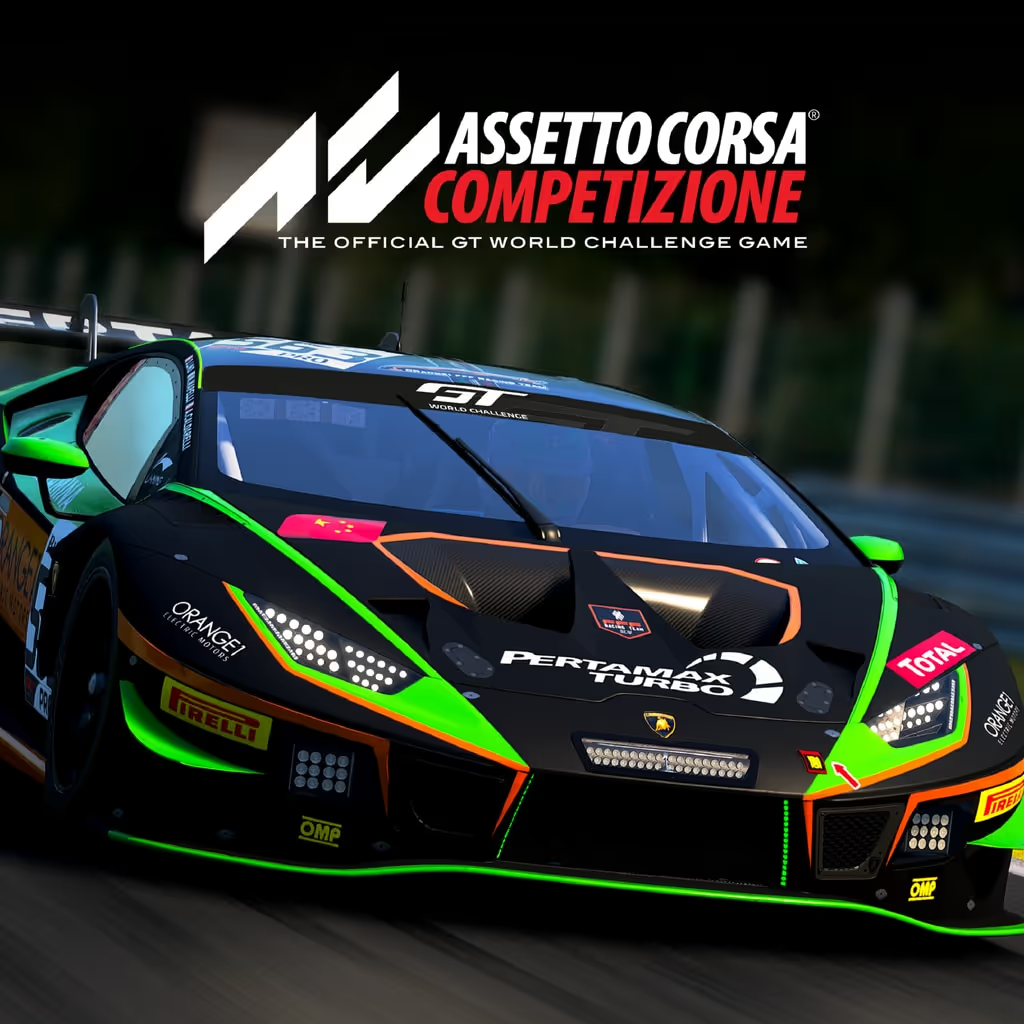Melbourne Track Guide
The Melbourne Grand Prix Circuit, home to the Australian Grand Prix, is a thrilling blend of tight corners, high-speed straights, and challenging chicanes. Situated in Albert Park, this temporary street circuit offers a unique racing experience that demands precision, strategy, and nerves of steel. In this circuit guide, we'll delve into the characteristics of the Melbourne F1 Circuit, explore how different cars react to its layout, and provide general tips for driving it like a pro.
Circuit Overview:
Length: Approximately 5.3 kilometers (3.3 miles).
Turns: 16 in total, with a mix of fast, medium, and slow-speed corners.
Surface: Smooth asphalt surface with minimal elevation changes.
Characteristics: A blend of fast straights, technical sections, and challenging braking zones.
Characteristics of the Circuit:
Fast Straights: The Melbourne Circuit features several long straights, including the start-finish straight, where cars can reach blistering speeds. These sections offer opportunities for overtaking and require excellent acceleration and top speed.
Technical Corners: Alongside the straights are technical sections characterised by tight corners and tricky chicanes. These corners demand precision and finesse, as any mistakes can result in lost time or even accidents.
Braking Zones: The circuit is punctuated by heavy braking zones, particularly at turns 3, 9, and 13. Effective braking technique is crucial here to carry optimal speed through the corners while avoiding lock-ups or running wide.
Surface Grip: The track surface at Albert Park typically offers good grip levels, particularly in dry conditions. However, as it is a temporary street circuit, the track can evolve over the race weekend, with rubber build-up affecting grip levels.
How Different Cars React:
High-Downforce Cars: Cars with high levels of downforce excel in the twisty sections of the Melbourne Circuit, where agility and grip are paramount. These cars can attack corners with confidence and carry high speeds through the technical sections.
Low-Downforce Cars: Conversely, cars with lower downforce setups may struggle in the fast corners and high-speed sections. However, they can make up time on the straights, relying on superior straight-line speed to gain an advantage.
Engine Power: The Melbourne Circuit rewards cars with strong engine power due to its long straights. Cars with potent power units can maximise their speed on the straights and gain an edge over their competitors.
General Tips for Driving:
Learn the Racing Line: Understanding the optimal racing line is crucial for maximising speed and minimising lap times. Study the circuit layout and experiment with different lines to find the fastest route through each corner.
Braking Technique: Practise smooth and precise braking to maintain control during heavy braking zones. Gradually apply pressure to the brake pedal, modulating brake force as you approach the corner apex.
Cornering Strategy: Focus on carrying momentum through corners by maintaining a balanced throttle and steering input. Smooth and progressive inputs are key to preventing loss of traction and maximising corner exit speed.
Manage Tire Wear: Pay attention to tire wear and degradation, particularly in longer race stints. Manage tire temperatures and avoid aggressive driving that could prematurely wear out the tires.
Stay Consistent: Consistency is key to success in racing. Focus on maintaining consistent lap times throughout the race, minimising errors, and capitalising on opportunities as they arise.
In conclusion, mastering the Melbourne F1 Circuit requires a blend of skill, strategy, and adaptability. By understanding the circuit's characteristics, how different cars react to its layout, and implementing effective driving techniques, drivers can maximise their performance and strive for victory on race day.



.png)






















